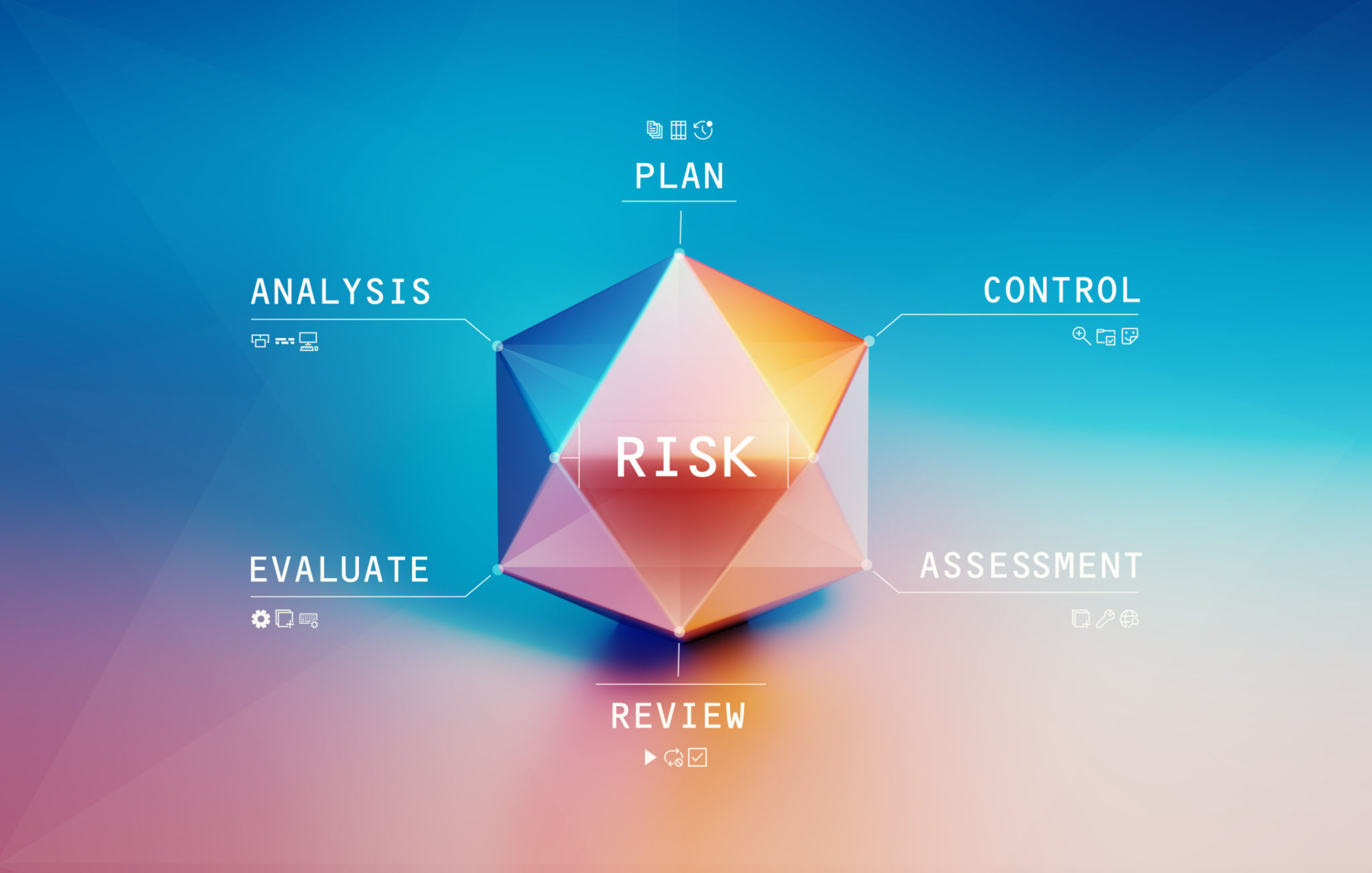Essential Risk Management Consulting Strategies for Missouri Businesses
Understanding Risk Management in Missouri
Risk management is a critical component for businesses in Missouri, especially given the diverse economic landscape that includes agriculture, manufacturing, and technology. Successful risk management strategies help businesses anticipate potential threats and mitigate them effectively. Whether you're a small startup or a large enterprise, understanding the dynamics of risk management is essential for sustainable growth.
In Missouri, businesses face unique challenges due to fluctuating weather conditions, regulatory changes, and economic shifts. Implementing a robust risk management plan allows businesses to remain resilient in the face of adversity and seize opportunities as they arise. Let's explore some essential strategies for effective risk management consulting tailored to Missouri businesses.

Identifying Risks
The first step in effective risk management is identifying potential risks. These can be categorized into various types such as financial, operational, strategic, compliance, and reputational risks. For Missouri businesses, specific risks may include severe weather events affecting operations or changes in state regulations impacting compliance.
Consultants often use tools like SWOT analysis (Strengths, Weaknesses, Opportunities, Threats) to help businesses identify risks. This analytical approach provides a comprehensive view of the internal and external factors that could impact a business.
Assessing Risk Impact and Probability
Once risks are identified, the next step is to assess their impact and probability. This involves evaluating how likely it is that a risk will occur and what effect it might have on the business. For example, understanding the seasonal nature of weather-related risks in Missouri can help businesses prioritize their risk management efforts accordingly.
Using a risk matrix can be beneficial in this stage; it helps visualize the relationship between the likelihood of risks and their potential impact. This tool assists in strategizing which risks need immediate attention and which can be monitored over time.

Developing Risk Mitigation Strategies
After assessing risks, developing effective mitigation strategies is crucial. This involves creating action plans that outline how to reduce the likelihood of risks or minimize their impact. Risk mitigation strategies can range from diversifying supply chains to implementing robust cybersecurity measures.
For instance, Missouri businesses might consider investing in weather-resistant infrastructure or diversifying their market reach to cushion against local economic downturns. The key is to develop strategies that are proactive rather than reactive.
Implementing Risk Management Plans
The implementation phase involves putting the developed strategies into action. It's important for businesses to ensure that all employees are aware of the risk management plans and understand their roles in the process. Regular training sessions and drills can be effective in maintaining preparedness across the organization.
Moreover, businesses should integrate risk management into their overall strategic planning process. This ensures that risk considerations are factored into every decision made by the company, fostering a culture of resilience and adaptability.

Monitoring and Reviewing Risks
Risk management is not a one-time task but an ongoing process. Regularly monitoring risks and reviewing mitigation strategies ensures that businesses remain agile in the face of evolving challenges. This involves staying updated on new potential risks and adjusting plans accordingly.
In Missouri, economic conditions and regulatory environments can change rapidly, making continuous monitoring a necessity. Businesses should establish a framework for regular audits and feedback mechanisms to stay ahead of potential threats.
The Role of Technology in Risk Management
Leveraging technology can significantly enhance risk management efforts. Advanced analytics tools and software solutions provide insights into potential risk areas and facilitate more informed decision-making. Additionally, technology can automate certain risk management processes, increasing efficiency and accuracy.
For Missouri businesses, adopting technology-driven solutions can lead to improved risk detection and response times, ultimately contributing to a more resilient organizational framework.

Conclusion
Effective risk management consulting is vital for Missouri businesses aiming for long-term success. By identifying, assessing, and mitigating risks proactively, companies can navigate uncertainties with greater confidence. Embracing technology and fostering a culture of continuous monitoring and improvement are key elements in building robust risk management strategies that align with the unique challenges faced by Missouri enterprises.
Ultimately, investing in comprehensive risk management not only safeguards a business's assets but also enhances its reputation and ensures its sustainability in an ever-changing business environment.
